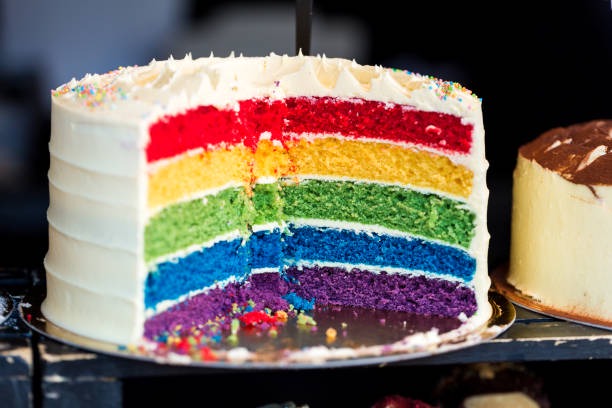What to know about food colours and hyperactivity
[ad_1]

Photo credit: istock photos
Research has found a possible link between certain artificial colours used in food and problems with hyperactivity in children.
According to NHS, if your child is overactive and struggles to concentrate, it might help to cut down on these colours in their diet.
Food colours linked to hyperactivity
All food additives, including artificial colours have an “E number”, which means they have passed safety tests and are approved for use in the European Union (EU).
According to research by the Food Standards Agency, the 6 food colours most closely linked to hyperactivity in children are:
1. E102 (tartrazine)
2. E104 (quinoline yellow)
3. E110 (sunset yellow FCF)
4. E122 (carmoisine)
5. E124 (ponceau 4R)
6. E129 (allura red).
These colours are used in several foods, including soft drinks, sweets, cakes and ice cream.
Should my child avoid these food colours?
If your child is hyperactive, or has attention deficit hyperactivity disorder (ADHD), there’s some evidence to suggest that avoiding these 6 food colours may help.
But it’s important to be aware that:
1. hyperactivity can have many different causes, including genetics, and food colours are probably only a small part of the problem
2. removing food colours from your child’s diet will not necessarily lead to an improvement in their behaviour
3. the link between food colours and hyperactivity is not completely certain; more research is needed to confirm it
4. you do not need to avoid all E numbers; there are hundreds of different E numbers and most are not linked to hyperactivity.
If you think your child’s diet may be affecting their behaviour, it might help to keep a diary of what they eat and how their behaviour changes, so you can see any patterns.
If you notice a possible link between food colours and their behaviour, you may want to see if avoiding these colours helps. But do not make drastic changes to your child’s diet without getting medical advice first.
How to avoid these food colours
You can avoid these food colours by checking food labels and looking for alternative products that do not contain them.
All artificial food colours should be included in the list of ingredients, with either their E number or full name.
If any of the 6 food colours mentioned on this article are included, the label must also have a warning saying the colour “may have an adverse effect on activity and attention in children”.
If you buy food or drink without packaging, you’ll need to ask the manufacturer or the person selling the product if it contains artificial colours.
Content created and supplied by: Kwajaffa (via Opera
News )
[ad_2]

